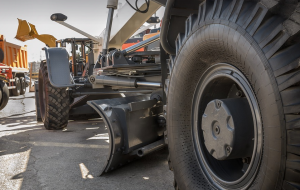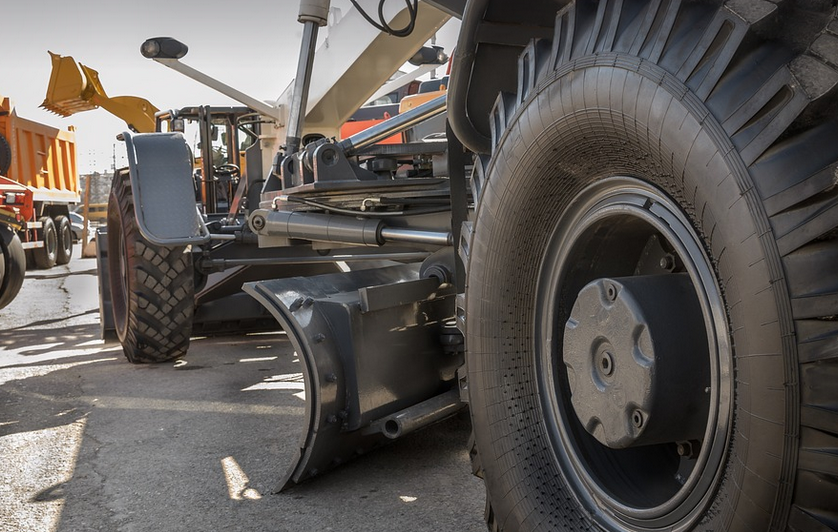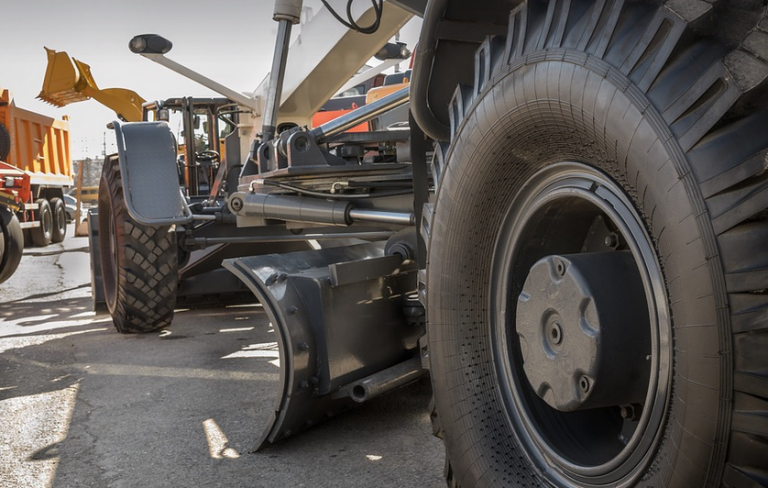A Stitch in Time: Why Thread Matters
So, you’re embarking on a quilting adventure, and you’ve got your fabric all prepped and ready to go. But hold up, there’s one more crucial element that can make or break your project – the thread. It might seem like a small detail, but trust us, it plays a big role in creating vibrant designs and durable quilts.
Quilting thread isn’t your ordinary sewing thread; it’s designed specifically for quilting projects. These threads are built to withstand all the stretching, stitching, and tension that comes with crafting beautiful quilts. They’re often made from a blend of natural and synthetic fibers like nylon or polyester to offer superior strength and durability.
Unlike regular sewing thread, quilting thread is thicker and has a smoother surface compared to its thinner counterparts. This allows for easier feed through on your sewing machine, resulting in a more efficient sewing experience. Plus, the increased density of quilting threads makes them less prone to breaking, especially during intricate stitching.
Picking The Right Thread: A World of Options
Choosing the right thread can make or break your quilting project. There are countless options available, each with its unique properties and advantages.
Let’s explore some popular types of quilting threads:
1. Cotton Quilting Thread
Cotton is a classic choice for many quilters. This thread offers excellent drape and flow, giving your quilt that desired softness and texture. It’s also widely available and budget-friendly.
However, remember cotton threads can show through the fabric if you’re aiming for a more modern look. For those wanting to achieve bolder color contrasts and intricate designs, Cotton thread might not be the best option.
2. Polyester Quilting Thread
Polyester threads are known for their durability and strength. They resist fraying and stretching better than cotton threads. This makes them ideal for quilting projects that will see a lot of wear and tear, such as baby blankets or durable outdoor quilts.
Another benefit is their resistance to shrinking or fading. This ensures the vibrant colors stay true over time.
3. Silk Quilting Thread
Silk threads add a luxurious sheen and texture to any quilt. They offer exceptional drape and flow, resulting in quilts that feel soft and elegant. However, silk threads can be expensive compared to other options.
It’s also important to note that silk threads are more delicate than cotton or polyester threads, so you need to handle them with care when sewing.
4. Specialty Quilting Threads
Beyond these basic categories, there’s a whole world of specialty quilting threads designed for specific needs and projects:
**Metallic thread:** Adds shine and sparkle to your quilts.
**Shimmering thread:** Creates a subtle shimmer effect.
**Embroidery thread:** Offers rich textures, allowing for intricate designs on your quilt.
Thread Tension: The Key to Sewing Success
Maintaining the correct thread tension is essential for successful quilting. This ensures your stitches are uniform and prevent puckering or pulling of fabric.
To set up the thread tension, follow these steps:
- Check the sewing machine manual for specific instructions.
- Start with a low-to-medium stitch length setting and gradually increase until you find the desired tension level.
- Test your thread tension by stitching through a piece of scrap fabric, ensuring the stitches are even and consistent in size.
Machine Maintenance: Keep Your Sewing Machine Running Smoothly
Maintaining your sewing machine regularly ensures its longevity and performance. This includes cleaning the bobbin area, checking thread tension and needle condition, and lubricating moving parts.
Here’s a quick checklist:
- **Clean the bobbin area:** Remove any lint or debris from the bobbin housing.
- **Check thread tension:** Ensure each stitch is consistent and even.
- **Replace needle:** A dull needle can cause uneven stitching. Replace it every 6 months to a year.
- **Lubricate moving parts:** With the machine off, apply light oil to the bobbin area to ensure smooth operation and prevent friction.
Embracing Experimentation: Finding Your Quilting Style
The beauty of quilting lies in its versatility. Don’t be afraid to experiment with different threads, fabrics, colors, patterns, and techniques to find your unique style.
Remember, quilting is about creating something beautiful, functional, and meaningful. Enjoy the process of learning and experimenting.
Final Thoughts: Quilting with Confidence
Using the right thread can transform your quilting experience. It allows you to create a cohesive design that stays true throughout your project. Follow these tips, embrace your creativity, and enjoy the journey of crafting beautiful quilts!



















